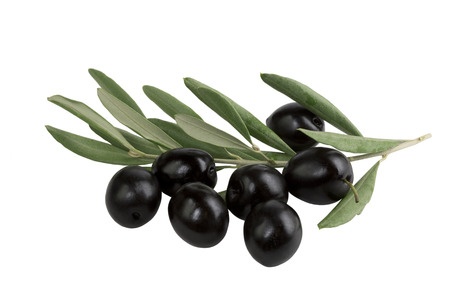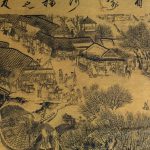
It has been well-known that olives, as part of the Mediterranean diet have many beneficial health effects, especially where the heart and joints are concerned. Olive oil has also seen a rapid rise in consumption throughout the Western world. Hydroxytyrosol is one of the principal constituents- a bioactive found in aqueous extracts from olive waste water following their processing to oil. EFSA (European Food Safety Authority) approved a heart health claim for olive oil in 2012 which was based on the hydroxytyrosol component. They concluded that a “cause and effect” relationship clearly existed between the consumption of olive oil polyphenols and protection of LDL particles from oxidative damage.
One study showed that hydroxytyrosol positively influenced nitric oxide and chemokine production which both play a part in chronic inflammation associated with the arterial endothelium and arthritis (Richard et al., 2011).
Who supplies this ingredient ?
Nexira Health produce Oil-Ola™ which contains 3%w/w hydroxytyrosol for use in both dietary and functional foods. The dosage is 150 to 300 mg per day and is sourced from 100% natural olive extracts also produced organically.
CreAgri Inc., (Hayward, Calif.) offer HIDROX™ which contains a variety of polyphenols including hydroxytyrosol from fresh, organically grown olives. The company has claimed that HIDROX in clinical and biochemical assessments has all the necessary anti-inflammatory properties. In 2012, CreAgri partnered with Sunsweet Growers Inc. to formulate beverages using this material. PL Thomas & Co., Inc. (Morristown, N.J.) sell Hytoolive ™ which is a 100% natural, solvent-free water extract from olive. A recommended dosage of 100 mg of this powder has the hydroxytyrosol equivalent of 10 olives or ½ litres of extra virgin olive oil.
Richard, N., Arnold, S., Hoeller, U., Kilpert, C., Wertz, K., Schwager, J. (2011) Hydroxytyrosol is the major anti-inflammatory compound in aqueous olive extracts and impairs cytokine and chemokine production in macrophages. Planta Med 77 pp. 1890–7.


Leave a Reply